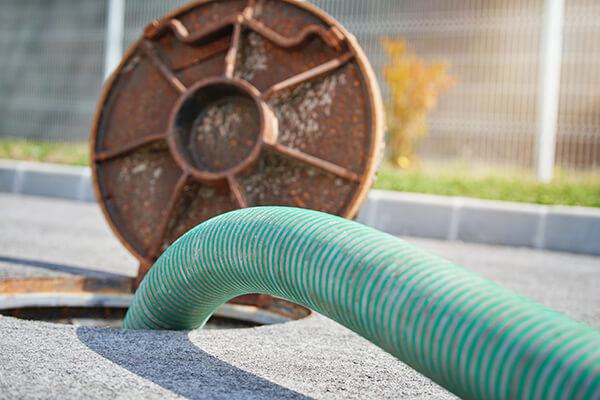

Instead, it’s best to use detergents or cleaners that are specifically made for septic tanks. It is typically not necessary to pour more than a half cup of Clorox bleach in the septic tank itself, as the bleaching action can actually be harmful to some beneficial bacteria in the septic system. It can be used in moderate amounts in order to clean and disinfect surfaces within the home that are connected to the septic system. Yes, Clorox is generally safe for septic tanks. Is Clorox toilet bowl cleaner with bleach safe for septic tanks?.What does baking soda do to a septic tank?.How often should I add bleach to my septic?.Is baking soda and vinegar OK for septic tanks?.Can I clean my toilet with vinegar if I have a septic tank?.How many loads of laundry can you do a day with a septic tank?.What can I use instead of bleach with a septic tank?.Can I use bleach in my laundry if I have a septic system?.How much bleach will hurt a septic system?.Even more natural solutions, such as white vinegar and baking soda, can do the job just as well.Īdditionally, you can avoid these solutions altogether and simply aim to limit the amount of solid waste sent through the system and make sure there are adequate and consistent cleanings-all of which is just as pertinent, if not even more, for a well-functioning septic system. Kick it up a notch by adding some slow-release bleach tabs periodically to help keep your septic system clean. If you must use Clorox, then use it sparingly, but never in large, regular doses. Clorox, then, may actually slow your septic system down and cause it to back up. The bleach can also cause other substances, such as oil and grease, to accumulate. Septic systems rely on bacteria to break down the solid waste in tank, and bleach kills that bacteria. Unbelievably, the traditional bleach can be abrasive to your septic system, harming the good bacteria that it needs to function properly. Using regular Clorox may not be the best thing for your septic system.


 0 kommentar(er)
0 kommentar(er)
